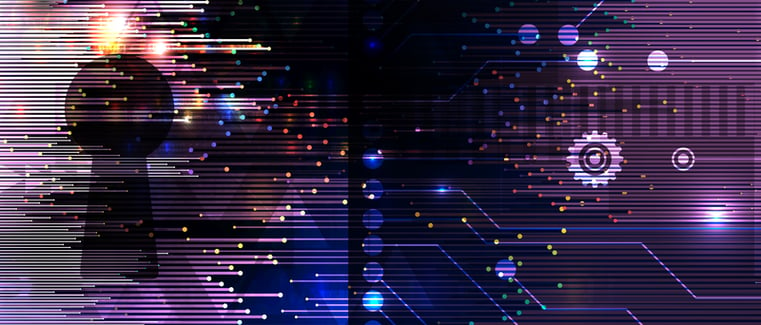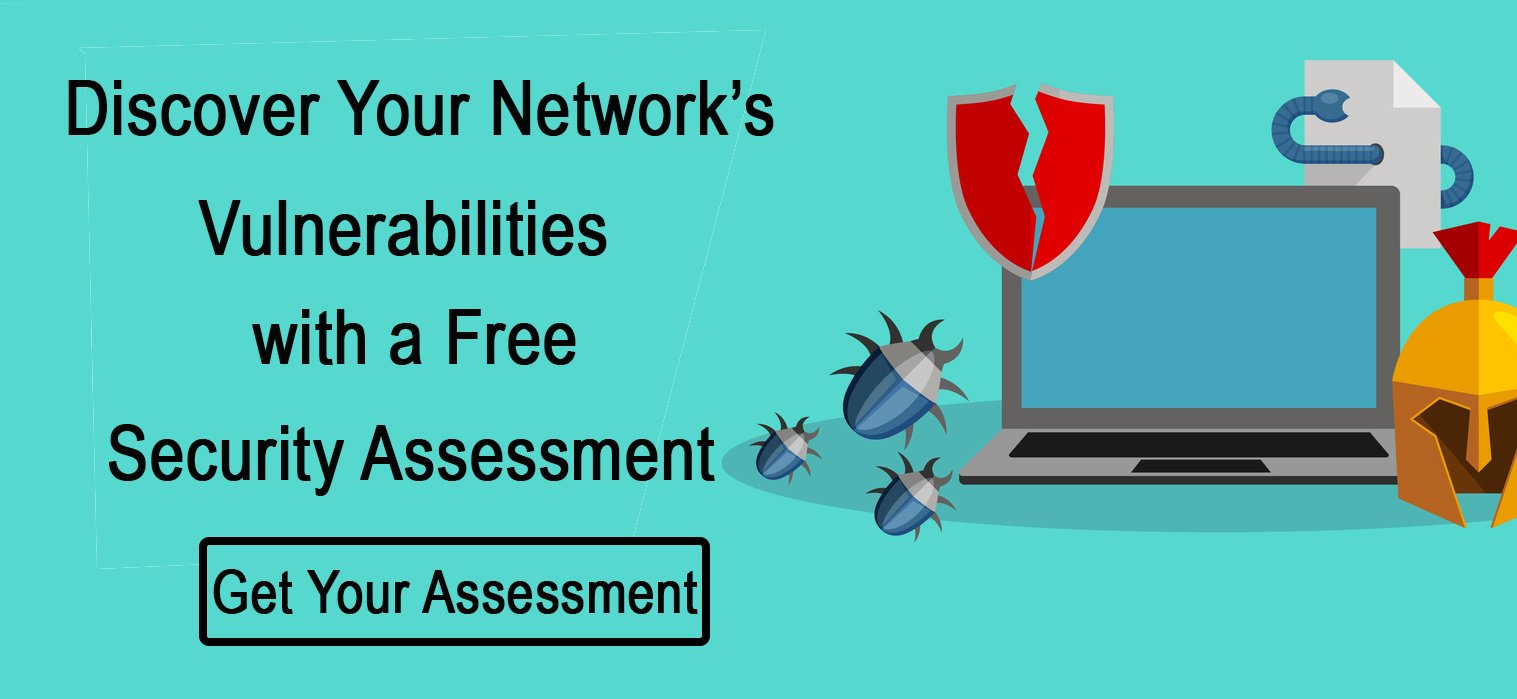 As technology evolves, so do potential threats. Growing digitization is making it increasingly harder to differentiate between our online and offline lives. With major technological changes coming in 2020, here’s a list of some of the biggest cybersecurity threats you’re most likely to face.
As technology evolves, so do potential threats. Growing digitization is making it increasingly harder to differentiate between our online and offline lives. With major technological changes coming in 2020, here’s a list of some of the biggest cybersecurity threats you’re most likely to face.
Top 6 Trending Cyber Threats for 2020
1. IoT Based Cyber Attacks
 The Internet of Things (IoT) is gradually turning traditional household appliances into Wi-Fi-enabled smart devices. While this makes them more efficient, it also provides illegal hackers with new opportunities for attack.
The Internet of Things (IoT) is gradually turning traditional household appliances into Wi-Fi-enabled smart devices. While this makes them more efficient, it also provides illegal hackers with new opportunities for attack.
These appliances are not given the same security priority as established computing devices. The bad guys are counting on you to forget them while updating your network-connected gadgets. Manufacturers of IoT devices can also be slow to update their firmware and release security patches.
2. Social Engineering Attacks
These are markedly different from brute force attacks because they can be hard to identify. Such attackers are experts at presenting themselves as legitimate entities. They then trick you into handing over sensitive information such as bank account, social security, and contact details.
The most common type of social engineering is done through phishing. Due to their increasingly sophisticated nature, it will be harder to differentiate between genuine and fake emails. More and more phishing attacks will be conducted through phones in 2020.
3. Increase in Ransomware Attacks
Ransomware doesn’t discriminate. Individuals, private entities and governments have fallen victim to these attacks. Advanced versions now use AI to scout for and direct attacks against multiple targets.
These capabilities are expected to increase in 2020. The only way to fight back  is to promptly upgrade your own cybersecurity systems. This includes sizeable investments in AI solutions such as machine learning and deep learning.
is to promptly upgrade your own cybersecurity systems. This includes sizeable investments in AI solutions such as machine learning and deep learning.
4. BYOD Problems
Internet proliferation, cloud computing, and smaller, smarter, powerful devices. These are some of the ingredients that have enabled companies to successfully implement Bring Your Own Device (BYOD) policies.
Allowing employees to access enterprise systems and their personal devices improves efficiency and productivity. The downside is that it makes it easier for attackers to access, steal and manipulate critical data. It also gives IT managers the hectic task of monitoring your employees’ devices. Personal device capabilities are expected to grow in 2020, so BYOD is here to stay.
5. Cyber Warfare
The stereotypical lone hacker no longer exists. Cyber attacks are increasingly being conducted by highly organized groups, some of which are state-sponsored. Their aim is to identify and manipulate rival countries’ cyber  weaknesses.
weaknesses.
Targets include power grids, industrial systems, enterprise software, and communication devices. Although you might not be a specific target, you might still get caught up in such attacks.
6. Privacy Concerns
The more you depend on the internet, the harder it becomes to maintain your privacy. The devices you use are constantly collecting data about your consumer habits. Most entities use biometrics as a standard form of identification. Social media companies also have massive amounts of data on their users. Other privacy concerns revolve around self-driving cars, smart homes, commercial DNA testing companies, Fintech, and healthcare apps.
If this information falls in the wrong hands, it could be used to perform identity theft or worse. Although there are many cyber laws in place, constantly shifting technology and amorphous online companies make them hard to implement. Other cybersecurity threats to look out for in 2020 include supply chain disruptions, insider security breaches, and cloud security.
If you need a more detailed analysis of cybersecurity threats for 2020, Hummingbird Networks has you covered. Our unmatched experience with all types of IT products and services means you’re in safe hands. Our end-to-end tech solutions can be customized to your needs. Contact us today for more information.









